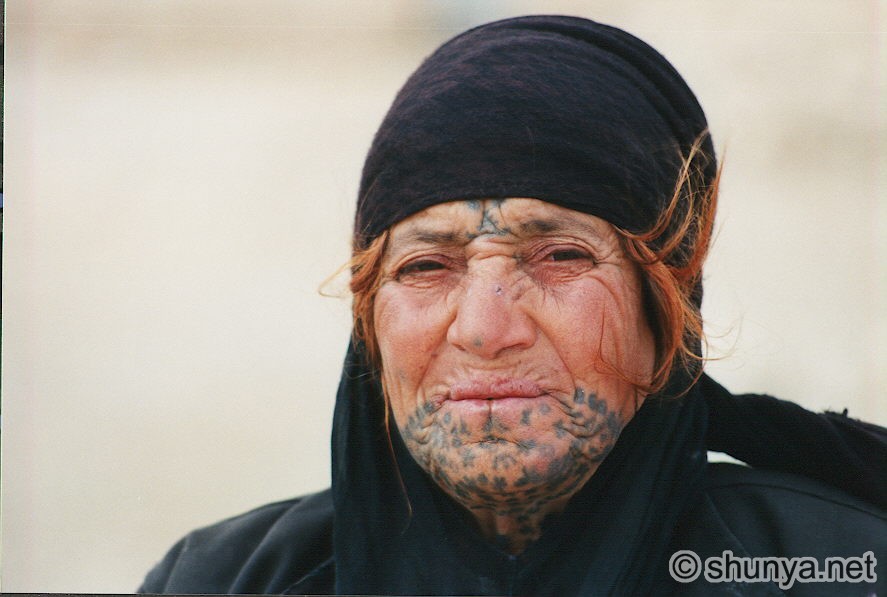WHAT IS MEHNDI?
Mehndi is the art of applying Henna on the body. It is a beautiful form of temporary body decoration. Mehndi is a traditional form of decoration for both men and women in countries such as India, Morocco, and Pakistan. It is generally used for special occasions, particularly weddings.
HOW IS IT MADE?
Henna is a small shrub called Hawsonia inermis, and is found in Iran,India,Pakistan, Egypt, and North Africa. The young leaves and twigs are ground into fine powder, then mixed with water and applied on the hands, feet and hair to give them a reddish-orange color. The henna mud mixture can be applied in beautiful patterns via a small plastic bag with a small hole pricked into one corner. This bag acts as a mini pastry-decorating tube.
WHERE ON THE BODY IS IT USED?
Henna is used for decoration on hands and feet. It is also used to dye the hair. Henna is heat sensitive. The warmer the skin, the longer-lasting the dye. The stain lasts longest on the palm of the hand. The color is much lighter on the back of the hand. The bottom of the feet also takes mehndi well. If applied on the hair it dyes it to a reddish-brown color.
HOW LONG DOES IT STAY ON THE BODY?
When the henna mud is applied, one is directed to keep the mud on the skin overnight, or for several hours. The longer the mud remains, the longer the color will last. It helps to keep the mud a little moist with a mixture of lemon juice and sugar (it smells good, too!). The reddish-brown color of Henna begins to fade within two days. It then changes to a lighter color in six to seven days. It fades gracefully. Mehndi usually stays on the body for fifteen to twenty days, varying with the body heat of each individual.
HOW LONG DOES IT TAKE TO DECORATE?
To decorate one hand on both sides it may take 1 to 2 hours. An intricate design might take many hours, but something simple can be done quite quickly. But that's not all. The Henna has to be kept on the hand for at least three to four hours after decoration. When applied it is a wet paste. It has to dry and start flaking off before it is removed. The longer it stays on the body, the darker the color is. The Mehndi artist dabs a mixture of lemon juice and sugar on the drying Henna. This prevents the Henna from flaking off too early. It keeps the Henna adhered to the skin for a longer period.
WHAT KIND OF MOTIFS ARE USED?
Traditional designs are made of very fine lines and often have paisley motifs. Other popular traditional motifs are leaf and flowers. More modern motifs now may have animal motifs, heart motifs or the name of the person, but in NYC, anything goes
Advert.



 Reply With Quote
Reply With Quote



